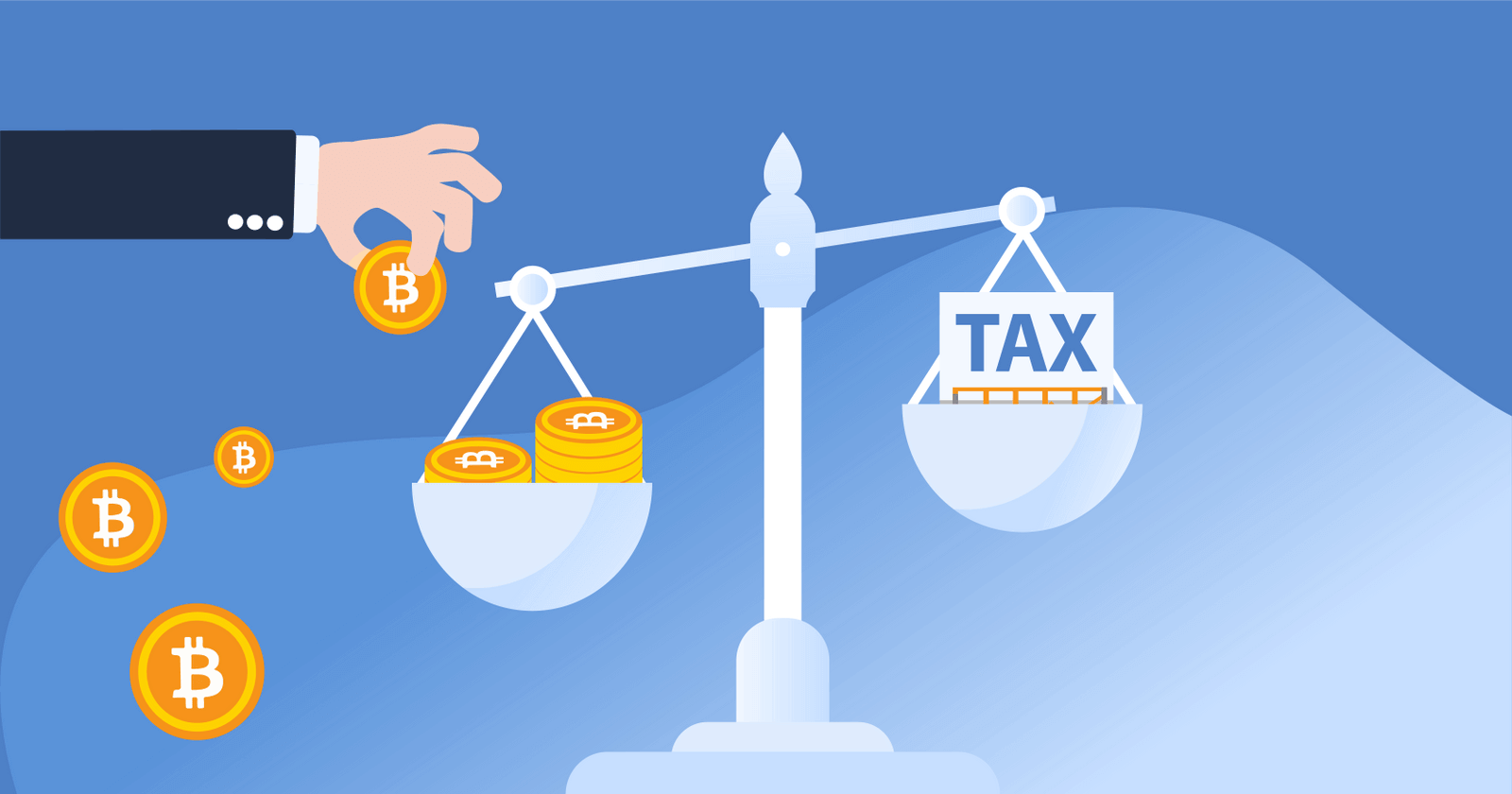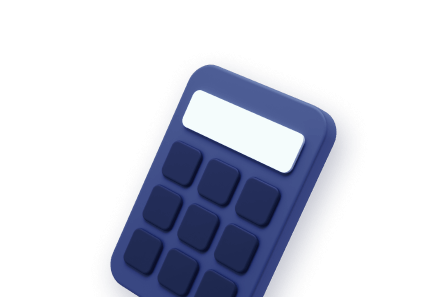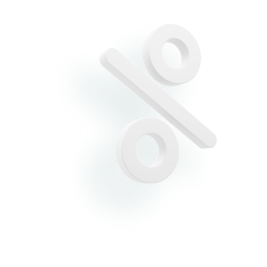.jpg)

Key Takeaways
- Memecoins are viral cryptocurrencies with little real-world utility — they can skyrocket overnight, but crash just as fast.
- If you’re investing in memecoins, always start small, diversify, and never risk more than you’re willing to lose.
What is a memecoin?
Memecoins are cryptocurrencies that are tied to virtual trends and have limited real world use-cases. They are often linked to memes and celebrities.
In recent years, some traders have used memecoins as a way to earn quick profits. Because memecoins often rise in value very quickly, some traders have used them to earn large profits in a short timespan.
Examples of memecoins include the following:
- DOGE: Dogecoin was one of the first popular memecoins, based on the popular ‘Doge’ meme.
- CHILLGUY: A token based on the viral ‘Chill guy’ meme.
- TRUMP: A memecoin launched by President Trump shortly before his 2025 inauguration.
Because memecoins can rise in price quickly, they’ve become popular amongst influencers and investors. As a result, it’s now common to see videos like ‘The top 5 memecoins you need to watch’ on TikTok and Telegram/Discord communities specifically dedicated to memecoin trading.
What are the risks of investing in memecoins?
Some critics compare memecoins to gambling. Because these coins have little inherent value, they can crash at a moment’s notice.
In addition, memecoins have been used in ‘pump and dump’ scams — where a group of insiders hypes up a cryptocurrency, before selling off their tokens and leaving investors with worthless assets.
Why are memecoins becoming more popular?
In 2024, memecoins became one of the most dominant forces in crypto.
Memecoins accounted for 31% of global crypto investor interest — surpassing every other cryptocurrency investment narrative including DeFi, AI, and gaming.
The growth of memecoins was driven by a combination of factors:
- Bullish sentiment: As the crypto market rebounded from the 2022–2023 downturn, investors were more willing to take risks and speculate on memecoins.
- Accessibility: Platforms like Pump.fun made it easier than ever for anyone to create their own memecoin and launch it to the public. Memecoins often are more accessible for everyday investors as they do not require sophisticated knowledge of the blockchain— just a sense of what’s trending and popular.
- Community engagement: Memecoin communities on platforms like Reddit, TikTok, Telegram, and X caused a flood of investor interest.
- Celebrity involvement: Public figures introduced memecoins to new audiences. In early 2025, President Donald Trump and First Lady Melania Trump each launched tokens—$TRUMP and $MELANIA—which quickly amassed billions in market cap and drew in a wave of first-time retail investors.
Of course, the rise of memecoins came with backlash. Some members of Congress criticized the SEC for not taking action on memecoin-related scams — highlighting that over $500 million was lost to rug pulls in 2024 alone.
What’s the difference between a memecoin and a technical cryptocurrency?
Memecoins are technically a type of cryptocurrency. Just like other cryptocurrencies, they are decentralized and built on blockchains like Ethereum and Solana.
However, the difference between memecoins and traditional cryptocurrencies lies in their utility:
- Bitcoin and Ethereum are built with specific use cases in mind (BTC serves as digital gold, while Ethereum enables decentralized applications such as NFTs and DeFi)
- Memecoins are mostly cultural—designed to go viral, not to build infrastructure or solve technical problems.
While memecoins can be profitable, their value is based on cultural impact, not real-world utility.
Types of memecoins
Here are a few examples of popular memecoins:
- Celebrity memecoins – Often launched by or based on influencers, athletes, and politicians.
- AI memecoins – Like $GPT, these memecoins piggyback on AI trends (though they typically are not associated with AI companies).
- Internet meme coins – Coins inspired by Internet memes — as PEPE or CHILLGUY.
- Dog coins – The original memecoin genre, led by Dogecoin and Shiba Inu.
- Cat coins – While not as popular as dog coins, coins like POPCAT and KET have gotten a following in recent years.
What do I need to get started with a memecoin?
Interested in getting started with memecoin trading? Here’s what you’ll need.
✅ 1. A Solana wallet
You’ll need a crypto wallet to buy, sell, or create memecoins.
- Phantom is a popular browser and mobile wallet for Solana — which hosts many popular memecoin projects. Phantom allows you to store your coins, approve transactions, and interact with apps and exchanges that allow you to trade memecoins.
✅ 2. A token discovery platform
When it comes to memecoins, timing is everything. It’s important to use tools that can help you find rising memecoins before they reach the public consciousness.
- DEX Screener is a data analytics platform for decentralized exchanges — showing live prices, volume, and new token launches. It can be a valuable tool to help you find new memecoins.
- Birdeye is an analytics tool specifically built to help you find rising memecoins and wallet addresses that have made significant profits.
- Maestro Bot is a tool that allows you to ‘snipe’ memecoins as soon as they are listed on decentralized exchanges and copy trades from successful traders.
✅ 3. A decentralized exchange (DEX)
Most memecoins aren’t listed on centralized exchanges like Coinbase. That’s because centralized platforms have stricter rules for which tokens they list — they look for established track records and legal clarity.
Memecoins often don’t meet those standards, especially when they’re brand new or created as jokes.
To trade memecoins, you’ll need to use a decentralized exchange (DEX) like Jupiter, Raydium, or Photon. Anyone can create a trading pair on a DEX, so new or experimental coins show up there first.
To use a DEX, you’ll connect your software wallet (like Phantom or MetaMask) directly to the exchange.
✅ 4. Small amounts of crypto
Once you get your wallet set up, you’ll need to keep a small amount of cryptocurrency to make trades and pay gas fees.
✅ 5. A crypto portfolio tracker/tax reporting tool
A crypto portfolio tracker like CoinLedger can help you track the value of your memecoins across all of your wallets and exchanges. Plus, when tax season arrives, CoinLedger allows you to download a complete tax report to report your income to the IRS!
How to trade memecoins
If you’re new to crypto or memecoin trading, here are steps to follow—with some tips to help you avoid common pitfalls:
- Start with trusted cryptocurrencies to understand how trading works: Before diving into memecoins, you should consider buying and holding assets like Bitcoin (BTC) or Ethereum (ETH). These cryptocurrencies are less volatile than memecoins and can help you get a better understanding of the world of crypto.
- Avoid chasing hype: When you see a coin that’s already 10x’d, it’s natural to want to buy in. But by this point, it’s likely that the biggest gains have already happened. A better approach is to try to find rising memecoins with viral potential. Sniper tools like Maestro Bots can help you find memecoins that have just been listed on decentralized exchanges.
- Check token distribution before buying: A red flag for many memecoins is concentrated ownership — which is a sign it may be rug pulled in the future. If more than 30% of a token’s supply is held by the top 10 wallets, there's a higher risk of a coordinated dump. Sites like DEXScreener can help you find information on token distribution.
- Take profits early: When trading memecoins, it’s often better to take small gains consistently rather than holding out for a jackpot. The longer you hold, the greater the risk of a sudden crash or rug pull.
- Understand wallet security: Many memecoins are only available on decentralized exchanges (DEXs), which means you’ll need to use a non-custodial wallet like Phantom (for Solana tokens) or MetaMask (for Ethereum). These wallets give you full control of your assets—but also full responsibility. Remember, if you lose access to your seed phrase, you may not be able to access your crypto.
- Don’t put all your funds into one coin: It’s tempting to go all-in on a hot new memecoin. But because most of these assets are speculative, it’s smart to diversify— this way, you can mitigate the risk of a sudden crash. Never invest more than you can afford to lose into one project.
- Join trusted communities—but be careful: Many traders hang out in Telegram groups, Discord servers, or Reddit threads to share tips. While staying in the loop can be helpful, it's important to remember that some of these communities are run by people who may personally benefit from pumping certain memecoins. Be skeptical, and don’t take trading advice from anonymous users at face value. Try to get a sense of whether there is a strong organic community around a memecoin, rather than bots hyping up the project.
- Make sure you have the right contract address: Many scammers will make duplicate versions of popular memecoins. To make sure you’re buying the correct token, go to websites like CoinGecko and copy the correct token address. You can use this when you purchase your memecoin on a decentralized exchange.
- Learn the basics of crypto chart-reading: Many memecoin traders use chart-reading to determine the best time to buy and sell. Understanding concepts like support and resistance, moving averages, and golden crosses and death crosses can help you understand the right time to make trades.
Terms you should know for memecoin trading
The world of memecoins comes with its own vocabulary. Here are a few terms you should know before getting started?
Market capitalization (market cap): Market capitalization is the current price of a cryptocurrency times the circulating supply of that crypto. This metric shows you the total value of a memecoin.
FOMO: FOMO stands for Fear Of Missing Out. When a memecoin sees large gains, other traders may have FOMO and buy in.
Ape in: ‘Ape in’ is slang for impulsively investing into a memecoin.
Degen: ‘Degen’ is short for degenerate. It’s often used as a playful term for memecoin traders who make risky transactions with little regard for the long-term stability of their portfolios.
Contract address (CA): The unique address of a specific memecoin. The contract address can be used to help you find the correct version of a memecoin (instead of a duplicate created by a scammer).
Bots: Bots are used by traders to identify and execute traders faster than human traders.
Ticker: A ticker is an abbreviation of a memecoin — similar to a stock ticker. For example, the abbreviation of Dogecoin is DOGE.
Paper hands/Diamond hands: Traders with ‘paper hands’ sell at the first sign of trouble. Meanwhile, traders with ‘diamond hands’ hold memecoins for the long-term — even when the market crashes!
Liquidity: Liquidity is how easily a memecoin can be traded without impacting its price. Established memecoins have strong liquidity — which means you won’t be able to impact its price with a single buy or sell.
Whale: A cryptocurrency whale owns a large portion of a specific memecoin or cryptocurrency. These whales can influence market prices when they buy/sell — which is why many investors keep a close eye on whale activity.
How to make your own memecoin
Platforms like Pump.fun have made it easier than ever to launch a memecoin.
Here’s how it works.
- Go to the Pump.Fun website.
- Click the ‘Create a New Coin’ option on the top right.

- Fill in relevant details like the memecoin’s name, ticker symbol, a description, and an image. If you wish to add links to a website/Telegram/X, click the ‘Show More Details’ option. Once you’re done, click ‘create coin’.

The process of creating a memecoin takes just a few minutes!
How to spot a scam memecoin
Unfortunately, scams are common in the world of memecoins. Here are a few scams to be cautious of:
🚨 1. Honeypot Contracts
Honeypots are memecoins that restrict investors from selling — which makes it more likely that the project will be ‘rug pulled’. To avoid honeypots, check recent trades on DEXScreener to confirm that other wallets are successfully selling.
🚨 2. Suspicious Token Distribution
Avoid tokens where the top wallets hold more than 30% of the supply. This means that insiders have the power to ‘rug pull’ the project and leave investors with worthless assets.
🚨 3. Fake Communities
While social media can be a valuable tool to identify memecoins, it’s important to be wary of the following:
- Twitter accounts with fake followers
- Bots on Telegram/Discord
- Influencers who’ve promoted other rug pulls in the past
🚨 4. Unverified Tokens
It’s important to look out for memecoins that show up as ‘unverified’ on platforms like Phantom and MetaMask. While these projects are not necessarily scams, they have not yet been audited by trusted sources.
🚨 5. No Liquidity Lock
Remember, reputable projects should have a certain amount of liquidity locked for a long duration. This helps protect investors and maintains market stability. You can check how much liquidity a memecoin has on tools like DEXScreener.
Does social media drive memecoin sentiment?
Memecoins often live and die by online sentiment. That’s why platforms like Reddit, X, Telegram, and Discord have become central hubs for memecoin communities.
In recent years, tools like LunarCrush and Santiment have become popular for tracking crypto sentiment in real time.
While being part of a memecoin community can help you find rising tokens, it’s important to be wary of social media bots and influencers who may benefit from hyping a certain memecoin.
What’s the alternative to memecoins?
Remember, memecoins are risky and volatile. If you’re a beginner, you should consider doing the following before jumping in:
- Try investing in cryptocurrencies with utility and long-term prospects such as Bitcoin and Solana. These coins are less volatile and can add stability to your cryptocurrency portfolio.
- Once you’re comfortable, you can try allocating a small percentage of your portfolio to memecoins.
Are memecoins taxed?
Yes. Memecoin trades are taxed similarly to other crypto transactions.
Selling/trading memecoins: Selling a cryptocurrency or trading one cryptocurrency for another is subject to capital gains tax.
Memecoin income: Earning airdropped memecoins or other forms of crypto income from memecoins is subject to ordinary income tax.
Crypto tax software like CoinLedger makes it easy to track and report your memecoin taxes. Just connect your wallet, and the platform will generate a complete crypto tax report in minutes!
Are memecoins regulated?
While memecoins are legal, they are not regulated to the same standards as stocks and certain more traditional cryptocurrencies.
In early 2025, the U.S. Securities and Exchange Commission (SEC) issued a Staff Statement suggesting that most memecoins do not fall under federal securities laws—mainly because they don’t generate yield or offer ownership in a project.
Some critics have called the memecoin world ‘an unregulated Wild West’.
In conclusion
Memecoins are fast, viral, and deeply tied to internet culture. But while the gains can be eye-popping, the risks are just as high.
If you’re going to trade memecoins, keep the risks in mind. Stay curious, protect your capital, and don’t invest more than you can afford to lose.
Frequently asked questions
- What do memecoins actually do?
Memecoins lack real-world utility and their value typically comes from speculation and community hype.
- Why would anyone buy a memecoin?
While memecoins lack real world value, they can often skyrocket in value based on social hype. As a result, many traders buy memecoins in hopes they can earn astronomical profits.
- Can you cash out memecoins?
Memecoins can be cashed out for USD, but the exact process may vary based on the specific memecoin and platform you’re using. You may need to trade your memecoin for SOL or ETH or another common cryptocurrency, then trade it to a centralized exchange to cash out to fiat currency.
- What is the difference between a memecoin and Bitcoin?
Bitcoin’s value comes from its unique design, security, and its limited supply, which is why it’s often called ‘digital gold’. Meanwhile, most memecoins derive value from speculation and community hype.
How we reviewed this article
All CoinLedger articles go through a rigorous review process before publication. Learn more about the CoinLedger Editorial Process.

CoinLedger has strict sourcing guidelines for our content. Our content is based on direct interviews with tax experts, guidance from tax agencies, and articles from reputable news outlets.






























%20(1).png)





.png)
















